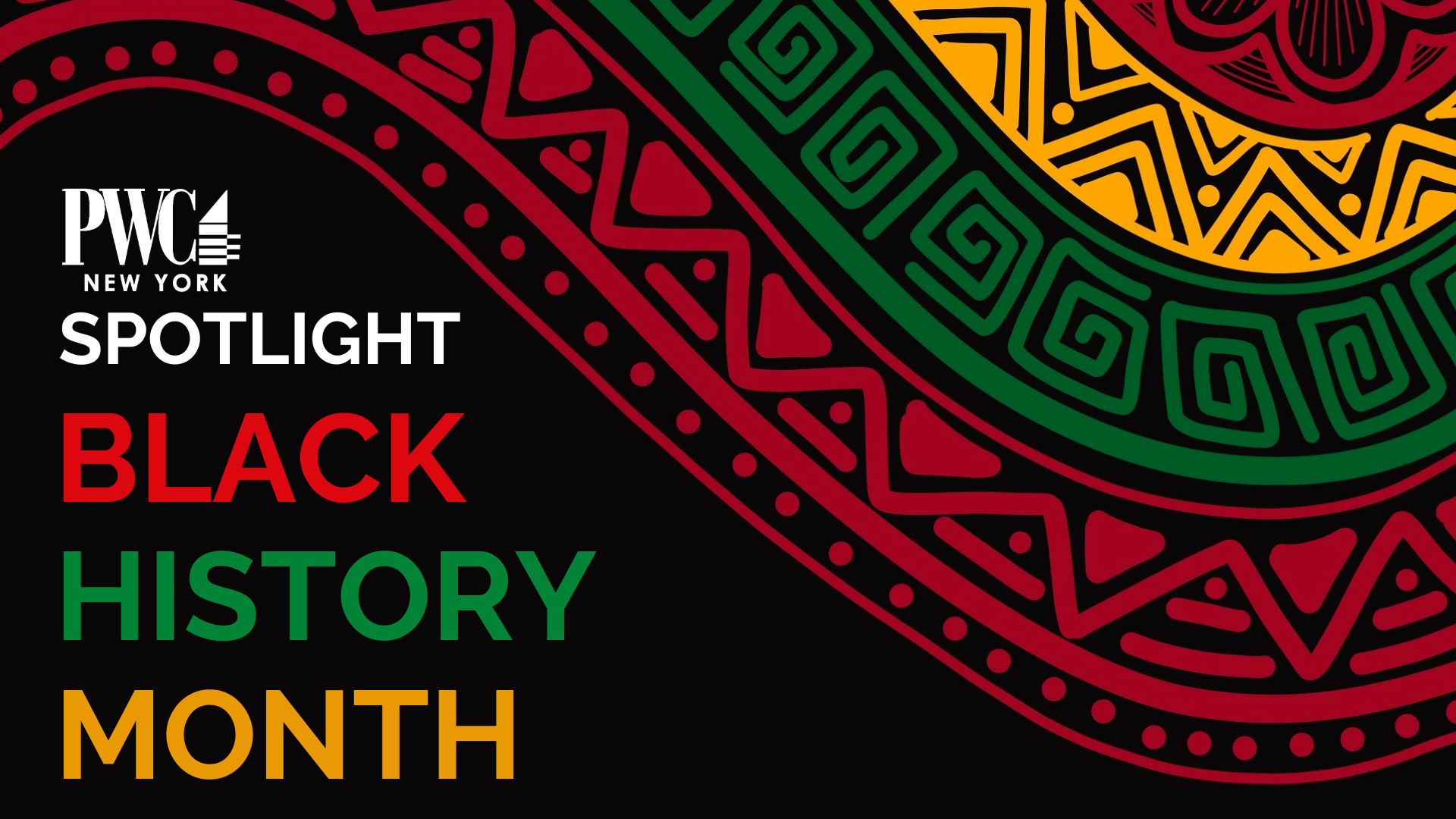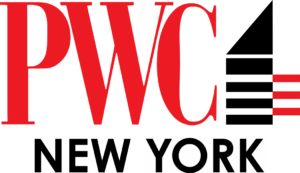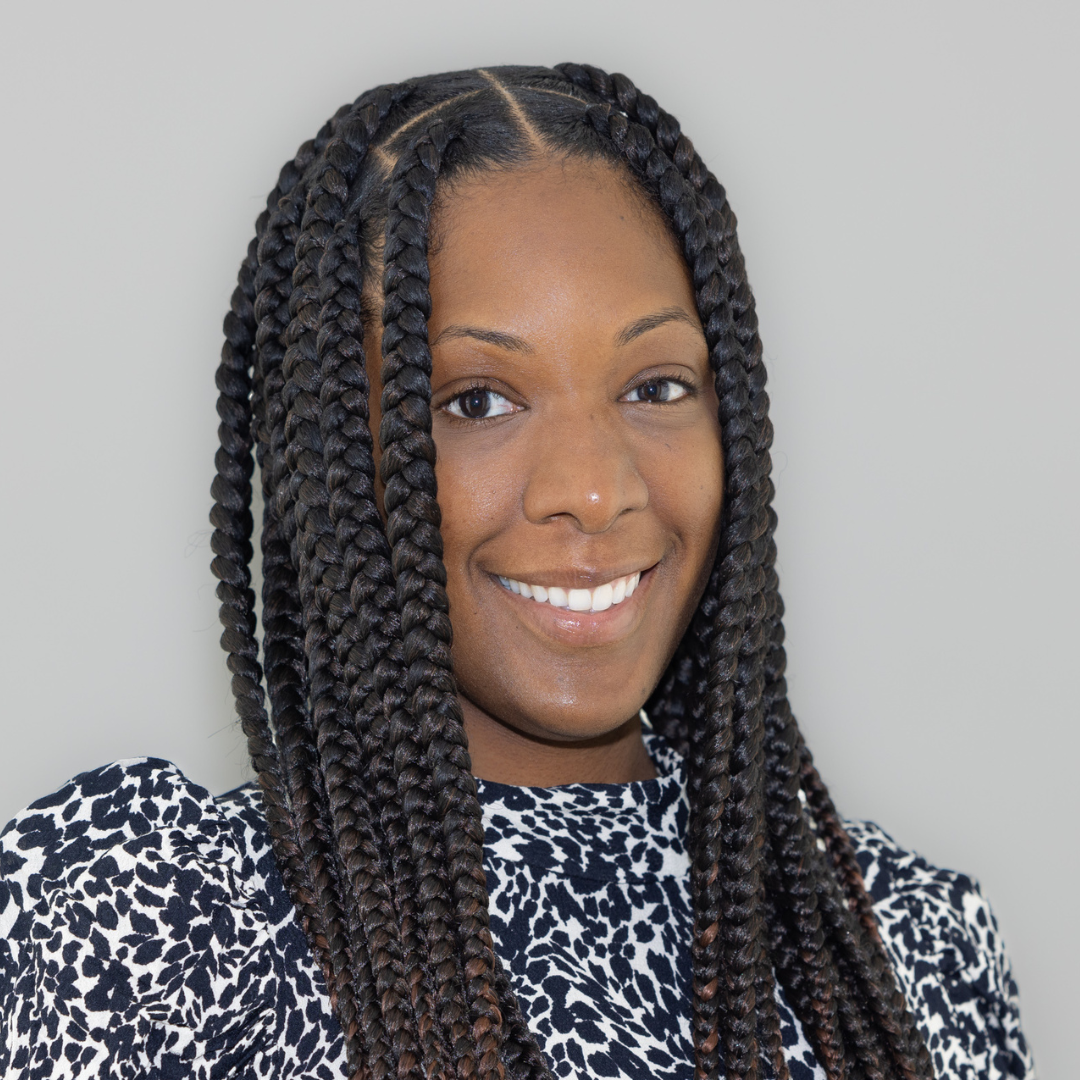 Jade Bailey, PE Jade Bailey, PE
Director of Alternative Delivery, Office of the Commissioner, Department of Design and ConstructionWhat attracted you to the AEC industry and where did you get your start?
I’ve always been strong in Math and Science and had a knack for fixing things as a child. I also always wanted to understand how things work. When I discovered Engineering as a potential career path, I jumped in with two feet. What is a project that you are most proud of?
Queens Covid Center of Excellence which responded to the COVID pandemic in the City’s hardest hit and most underserved areas. The project was designed and constructed in eight months; which allowed the Community to have access to much needed health care services. What are some challenges you experienced as a black woman in the AEC industry?
Earlier in my career, I had to consistently work to prove myself and ability to perform more than some of my colleagues; especially on new projects. What do you think the AEC industry can do to foster a more inclusive environment?
Representation is important; it is important for equal opportunities to be provided to diverse groups. This encourages those who are considering this industry as a potential career path and those who are new. What advice would you give your younger self and what advice would you give to other black women who are trying to break into the industry?
Be unapologetically you. Your unique perspective and voice is needed. Also, always work to improve and sharpen your skills to add value wherever your career may take you. Who is an African American woman in AEC history you look up to and why?
Sadly, I don’t have one. I’d like to change this for black women coming into the industry. Jade was a Panelist in PWC NY's 2024 Design Build Panel.
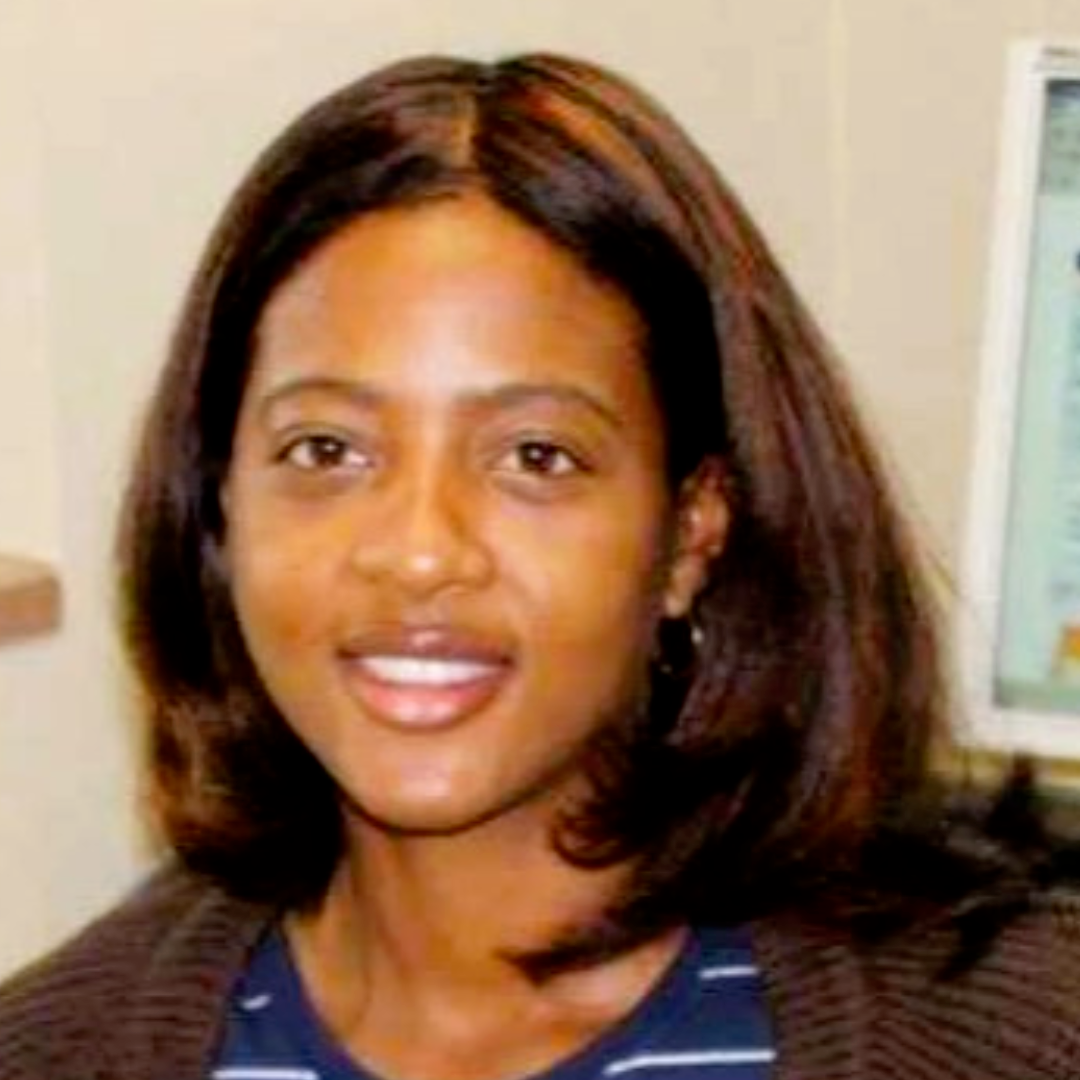 Nicola Ebanks
Project Executive at Skanska USA Civil What attracted you to the AEC industry and where did you get your start?
From a younger age I was always technically inclined and was fascinated with construction. Dismantling and rebuilding was my passion. Most importantly, I wanted to contribute to society by means of constructing buildings and institutions that would benefit humanity. I started my journey as an intern at Underpinning & Foundation Skanska and was subsequently hired as a Field Engineer. What is a project that you are most proud of?
My most memorable project is the rebuilding of the Yankee stadium and route 72 bridge in Manahawakin New Jersey. I am extremely proud of these landmarks that I can sit in to watch my favorite games and to drive over to enjoy my summer vacation. What are some challenges you experienced as a Black woman in the AEC industry?
The challenges I face as a Black woman in this industry is having to constantly prove myself. I’m not only viewed as a minority but also I’m viewed from the surface without knowing my capacities. What do you think the AEC industry can do to foster a more inclusive environment?
Be intentional in the pursuit of bringing diversity to the corporate boardroom table. Adapt inclusive hiring practices and bridge the disparity of salaries. Create an environment where everyone feels valued and appreciated and more will be accomplished when people are happy. What advice would you give your younger self and what advice would you give to other Black women who are trying to break into the industry?
To my younger self, I would say, listen more, and speak less, reason being, you can learn from anyone at anytime and talk less because your passion can be mis-construed for been overzealous. To my fellow Black women, I would advise you to first find your identity. Know your capabilities and be steadfast in your journey to your destined position in this industry. Finally, be helpful and kind, have empathy, treat others with respect and the way you’d want to be treated. Remember that it’s not “what you say, it’s how you say it.” Who is an African American woman in AEC history you look up to and why?
My African American woman in AEC is Hattie T. Scott Peterson. Hattie was born in Norfolk Virginia in 1913. She was the first African American woman to gain a bachelor’s degree in civil engineering. She was also the first female engineer to work for the US Army Corps of Engineers in 1954. I admire Hattie so much because she reminds me a lot of myself, her zest to venture into unchartered career paths is quite captivating. Been the first takes a lot of courage, determination, and willpower to overcome obstacles and bias. Skanska is a Platinum Crown Sponsor of PWC NY.
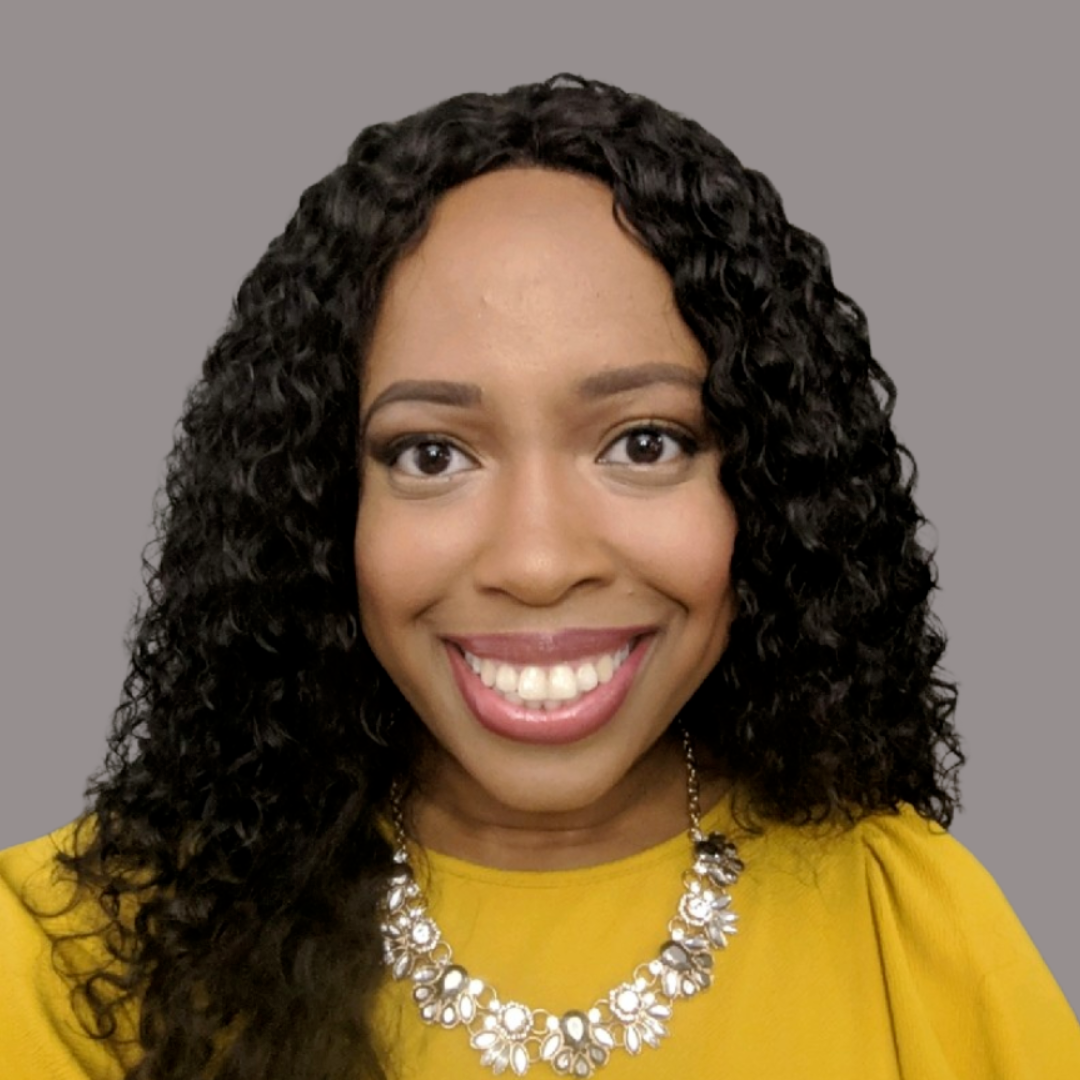
Sharon Y Warner
Project Manager,
Hunter Roberts Construction Group What attracted you to the AEC industry and where did you get your start?
Growing up I was always hands-on and very creative. I loved building models or working on projects at home. In the 8th Grade my mom signed me up for college for teens, a summer program, in an engineering drafting class utilizing AutoCAD. From there on I took CADD/Technology classes throughout high school and went on to enroll in NJIT’s Engineering program. This led to interning at Hunter Roberts and ultimately a full-time offer after graduation. What is a project that you are most proud of?
West Essex Logistic Center in Livingston NJ. This was a 300,000 SQF Spec Warehouse with Bluewater and USAA Real Estate. I led this project start to finish with a superintendent partner. I was exposed to every element of the project from preconstruction, GMP, and permitting, to awarding, construction, client relations and closeout. The exposure gave me the knowledge and confidence to run future projects successfully. The irony of building in Livingston NJ is the proximity of this Jobsite to my old college job at Chase Bank. There was a time in my academic career that I took a break from college, and it was Chase Bank that I decided to re-enroll in college and give it my all. To be able to see where I came from and what I achieved was motivation to continue to give my 100% on every project. What are some challenges you experienced as a black woman in the AEC industry?
I have been called the “Admin” (administrative assistant) a number of times. A major challenge is that you are not always given the same level of respect others might receive instantly. I was conditioned to lead with my accolades in conversations to show I was qualified for the task at hand. What do you think the AEC industry can do to foster a more inclusive environment?
Continue to have open dialogue about the different experiences within the industry. There are many ways to build a building and being open minded to suggestions from all team members can accelerate inclusion, increase morale and build stronger teams. What advice would you give your younger self and what advice would you give to other black women who are trying to break into the industry?
The goal was never to assimilate it is to be your true self and let your intelligence, skills and work ethic speak for itself. There is room for different personalities, different demographics and different ways to build. Stay you! Who is an African American woman in AEC history you look up to and why?
Growing up I didn’t know of AA women in AEC history. Once I entered the industry, I looked up to AA Women that I actually saw within our industry like Schillivia Baptiste and Cheryl McKissack. These women showed examples of hard work, dedication and strong leadership! These are the women that I aligned my goals to. The industry is changing but I hope there are more Black Women operating companies throughout our industry. Sharon is a Member of PWC NY.
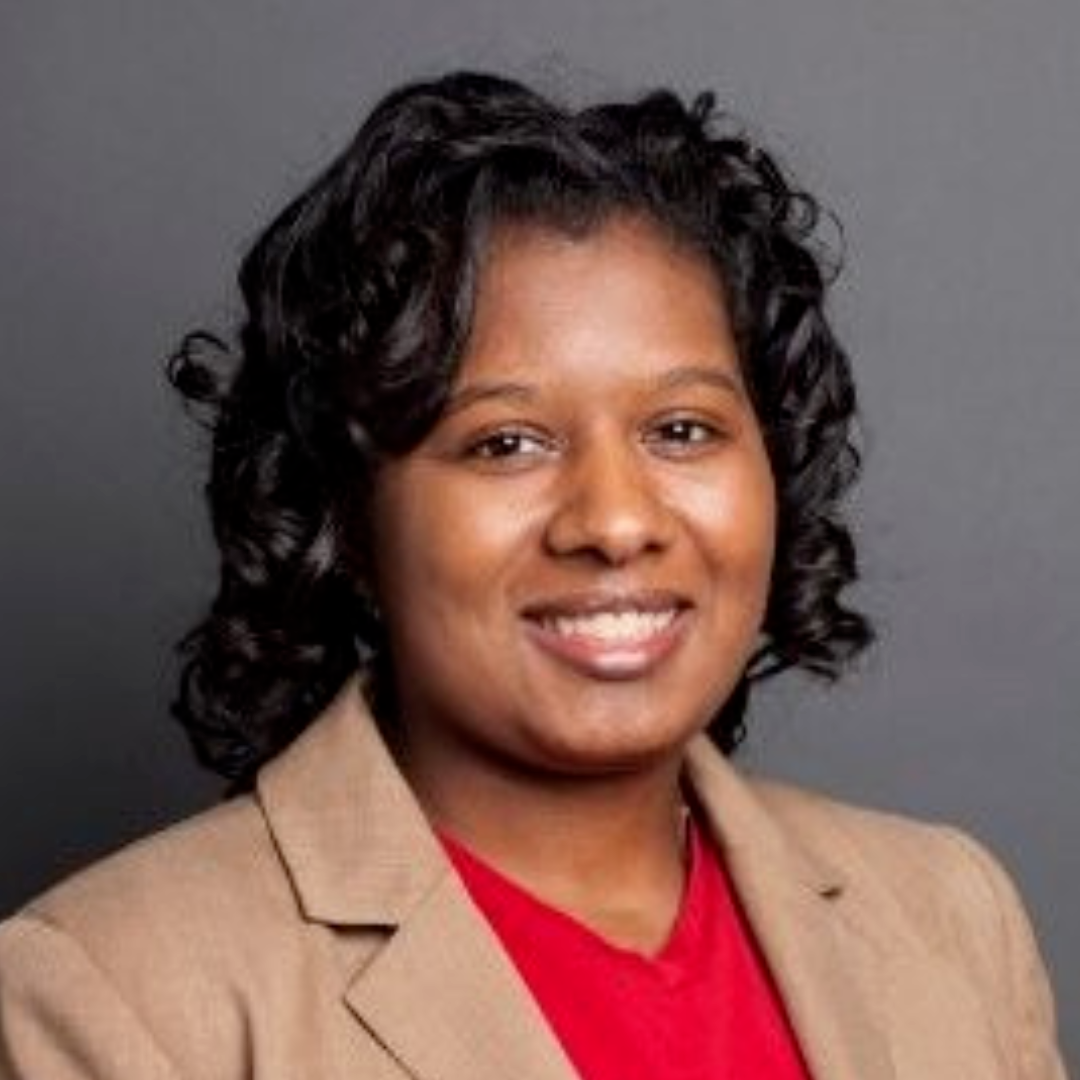
Michaele Watson
Site Supervisor, Ecosystem-EnergyWhat attracted you to the AEC industry and where did you get your start?
I don't know if there was something particular that attracted me to the AEC industry. I received a job offer at a time when I was looking to move on from where I was working at the time. You could say that the industry found me. I will say that my mother had me building and working with construction projects around our house from a young age. Any time there were extra building materials around the house we would figure out something to make from it. And usually on Mother’s Day. One of the most memorable projects was a floating patio we built out of cinder blocks and wood planks.
I got my start at a small MDBE firm that provided mechanical, electrical and plumbing professional consulting services. Initially working as an assistant project manager and by the end of my time there, I was performing the duties of a project manager, business development manager, third special inspector for the DOB, and some other responsibilities. What is a project that you are most proud of?
A project I am most proud of is not something I worked on directly, but was able to acquire. It is a MTA/LIRR project that I was able to procure through networking, making the right connections and being able to stand out amongst the crowd. It was the company's first $1M contract for a single project that would be adding stations along the LIRR. By the time I left the company, the project award amount had increased to $1.3M. What are some challenges you experienced as a black woman in the AEC industry?
There are many challenges I've faced as a black woman in the AEC industry. One I faced early on was doubt in how and why I was successful in obtaining my position. Abridged story time - At the end of a holiday party event a man, who was a guest of another attendee, insinuated that I was where I am because I was a beautiful woman that had slept with my boss to get the job and responsibilities. And there was no way I was there because I was qualified. I realized that I would need to make sure I kept an eye out for this type of energy going forward as it was never something that was a thought to me that someone else would assume, especially given how I present myself.
Another challenge would be being the only one of "me" in the room or at an event. In some environments it was an obstacle in inserting myself in conversations to network and make connections. Feeling like I had to climb through a thick hedge of bushes just to get a handshake and say hello. In other places, it allowed me to be a unicorn in the room, and have people approach me first. This was important especially in places where we were looking to work as a subcontractor to larger firms. And being ready with the information about what the company I work with can provide was very important. What do you think the AEC industry can do to foster a more inclusive environment?
To foster a more inclusive environment, the AEC industry must realize that there are all kinds of people who move the industry and its projects forward. Despite political climates, and personal biases that exist with decision makers, progress requires multiple points of views and ideas that are influenced by different life experiences. Despite the age of the industry there is still a large gap in the number of women who are decision makers in the industry, and those working on project site as something other than a cleaner, or office staff. Also, going into communities to make sure that projects are beneficial to them and their needs, and those currently existing there is paramount. Our work should not only benefit those who are making money from the project work. As was being done in some areas, hiring from the communities is a great process, especially when training is provided and the skills learned are transferable. What advice would you give your younger self and what advice would you give to other black women who are trying to break into the industry?
The advice I would give my younger self would be to not give up too early when looking for the type of company that aligns with her moral and professional values. Also to keep up good practice with following up with new people that she adds to her network and ask loads of questions. I would even go as far as to not get discouraged when obstacles were put in my way to pursue work, I was really interested in, especially in college for research related work. Also, the people and soft skills you have are more important than you think, make sure to intentionally lean more into those.
Advice for black women looking to break into the industry would be to find a company [that is] aligned with what you value, do your research and look to make connections at agencies that can help you get your foot in the door. Allies can take you a long way, but you also have to be willing to do the hard work to build your reputation and your skill sets. Also, learn to use your life lessons and skills from other industries to your advantage. For example, I would have never thought that my work as a UPS package handler, loading deliveries at 3AM, would help me as a lighting project manager on an energy efficiency project. Who is an African American woman in AEC history you look up to and why?
There have been a few women who I’ve learned about or met in the AEC industry who are inspiring in the work they do and have done. If I had to choose an African American woman in AEC history who I look up to it would be Dorothy Vaughan. I was well educated about the change makers in African American culture, but when I learned more about Dorothy through the hidden figures book and movie, it showed me that there are even more women like me out in the world. Specifically, her curiosity in learning new systems, finding ways to insert herself and her knowledge in handling of new technologies, and not being afraid to pivot. It’s a testament to not putting yourself into a box, and not allowing others to put you into a box either. Along with that she went back to bring others along with her to make sure she wasn’t the only one who would be able to pivot and keep excelling. Michaele serves as Chair of the Minority & Women-Owned Business Enterprise (MWBE) Committee, PWC NY.
|
| 
Schillivia Baptiste, PE
CEO, Laland Baptiste
What attracted you to the AEC industry and where did you get your start?
My interest in engineering was sparked by my childhood love of taking things apart and putting them back together. As I prepared for high school, my father encouraged me to apply to a school with an engineering program. During my senior year, I had the privilege of participating in the ACE Mentor Program, where I was introduced to architecture, construction, and engineering. As part of the program, my team designed a high-rise building, and I contributed to the design of the penthouse. Additionally, I participated in a summer engineering program at Manhattan College, led by Dr. Saukin. His mentorship was instrumental in guiding me toward a career in engineering, as I was initially undecided between engineering and architecture. These experiences laid the foundation for my journey into the industry. My first work experience started with New York State Department of Transportation as a Transportation Construction Inspector. What is a project that you are most proud of?
The project I’m most proud of is a civil engineering design for a multi-unit condominium in Montauk,New York. This project presented unique challenges, including high groundwater levels and the design of a non-conventional sanitary system. I prepared a comprehensive technical construction report detailing the site-specific means and methods, including dewatering techniques. Collaborating with various stakeholders was key to ensuring the developer’s vision became a reality. I truly appreciated the opportunity to tackle the complex challenges and apply critical problem-solving skills to deliver practical, innovative solutions that met the needs of all major stakeholders. What are some challenges you experienced as a black woman in the AEC industry?
I’m not sure if I can specifically attribute the challenges I’ve faced in the industry to being a black woman or simply to being a woman in the AEC industry. Engineering has historically been a male profession, though it’s encouraging to see progress in fostering greater female engagement and participation over the years. That said, challenges persist. For example, I’ve encountered situations where my ability to lead a project has been questioned simply because I’m a woman, or where my professional expertise has been doubted. In some cases, the education and lack of experience of my male colleagues have been valued more highly than my own qualifications and experience. What do you think the AEC industry can do to foster a more inclusive environment?
I believe that fostering a more inclusive AEC industry starts with exposing people from all backgrounds to the industry. There’s truth in the saying, 'If you can see it, you can be it.' Increasing visibility and showcasing how engineering touches every aspect of our daily lives can inspire others to pursue it. For example, the bed we sleep on involves structural engineering; the faucet we turn on for water is tied to environmental engineering; and the toothpaste we use represents chemical engineering. By helping people, especially children, connect these everyday activities to the different fields of engineering, we can open their eyes to how foundational engineering is to humanity. It shapes the world we live in. Even the technology and video games they enjoy are rooted in engineering. It’s crucial to show them that they don’t just have to play the game—they can design it too. By bridging these connections, we can inspire the next generation to see themselves as engineers and innovators. What advice would you give your younger self and what advice would you give to other black women who are trying to break into the industry?
The advice I would give my younger self is this:
'Girl, nobody knows everything - that’s why they’re in school, learning just like you! Don’t be afraid to ask questions.'
For any black woman seeking to enter the AEC industry, my message is simple: We’re waiting for you! Let’s go—chop chop! Get that degree, because we’re eager to see your innovation, your inspiration, and the advancements you’ll bring to propel us further into the 21st century. There’s plenty of room at the table for you. I also encourage you to pursue an undergraduate degree from an ABET-accredited college or university, gain relevant training and experience after graduation, and work toward becoming a licensed professional engineer. Your future in the industry is bright, and we can’t wait to see what you’ll accomplish. Who is an African American woman in AEC history you look up to and why?
Finding inspiration to answer this question was challenging because African American female civil engineers are still underrepresented in our historical records. This disparity underscores how often our stories go untold. However, one remarkable figure stands out: Hattie T. Scott Peterson, the first African American female civil engineer. In 1946, she earned her Bachelor’s Degree in Civil Engineering from Howard University—a groundbreaking achievement at a time when opportunities for women, especially African American women, were extremely limited. To put this into perspective, the first female civil engineer in the U.S. graduated in 1905 from Cornell University. It took another 41 years for an African American woman to break that same barrier. Hattie’s accomplishment is extraordinary—not only because she achieved something unprecedented for someone who looked like her, but because she excelled in her field and left a lasting legacy. She left an endowment to Howard University to provide scholarships for women pursuing engineering degrees, ensuring that the path she paved would remain open for future generations. Her story is one of perseverance in the face of racial and gender inequities, but it’s also one of advocacy and hope. Hattie T. Scott Peterson believed in empowering others, and she used her success to lift up the next generation. It is my hope that my contributions to the AEC industry will reflect that same spirit of resilience, advocacy, and inspiration. Schillivia serves as President to the Board of Directors, PWC NY.

Coleen Murray
Project Manager, Group PMX What attracted you to the AEC industry and where did you get your start?
My intent after my undergraduate studies was to pursue a graduate degree followed by PhD.in education. I wanted to be a college professor. I instead decided to delay my studies by entering the workforce. It was by chance that I was hired in 1997 by Hazel Siegel, the former Creative Director for KnollTextiles, to be a Sales Assistant for Textus, a textile company she founded in 1994. My boss at the time saw my potential and encouraged me to accompany her during her visits to showcase the firm’s textiles at the major Design firms and end users within NYC. I then gained my own accounts and became an Account Representative. Within this role, I had the opportunity to work on various Architecture and Design projects and this fueled my interest in becoming a Project Manager. I applied to NYUs’ Real Estate graduate program and earned my master’s in construction project management. My first major project was the United Nations Capital Master Plan which was a seven-year $2.15 billion renovation of the Headquarter’s facilities, where I served as an Assistant Project Manager. What is a project that you are most proud of?
The project I am most proud of is Delta Air Lines, New Terminal C at LaGuardia Airport where I serve as the Compliance Manager for the Program. “The $4 billion program includes the consolidation of Terminals C and D into a state-of-the art terminal facility, spanning 1.3 million square feet and featuring 37 gates across four concourses”. To see the transformation of the old LaGuardia into an award-winning airport and knowing that I have been part of this endeavor is something to be proud of. This involved meticulous planning, seamless coordination, close collaboration with the owner, design and construction teams, contractors, government agencies and public stakeholders to bring to life this amazing project. What are some challenges you experienced as a black woman in the AEC industry?
More often than not, I have been the only black woman in the room. Not seeing others who look like me at the table has felt isolating at times. As women in the industry, we are less likely to be Managers or Directors on projects. This is especially true for black women. If you are a woman in a leadership role, you are more likely to be white. Being the “only” in the room has led me to feel closely watched and being mindful of not appearing “too strong” when offering my thoughts or in my decision making. Experiencing various microaggressions can be quite challenging as well. I have heard words such as” aggressive” and “assertive” while my white counterparts are characterized as passionate and knowledgeable. I realize showing anger even if the situation warrants it can be seen as a negative personality trait. Being a black woman from the Caribbean with a pronounced accent and proper diction has led to statements such as, “you speak so well” or as someone was bold enough to say, “you do not sound like other black people”. I do not speak “slang” but yet have been approached by men especially, with that type of vernacular. There is the assumption that we all are alike and have had similar experiences. What do you think the AEC industry can do to foster a more inclusive environment?
Developing diversity, equity and inclusion programs to recruit, mentor, support, and promote more black women to leadership roles. Recognition by leadership of diverse backgrounds through company and industry wide initiatives in an effort to promote a culture of understanding and respect. Acknowledging the presence of unconscious bias and discrimination within the industry and work to create a safe space where all employees regardless of race, gender or sexual orientation have a voice and feel valued and empowered to contribute. What advice would you give your younger self and what advice would you give to other black women who are trying to break into the industry?
I would tell my younger self that another’s opinion of me is none of my business especially if I strongly believe I am doing the right thing. Do not make myself small to appease others. My contribution is just as valuable as the next person’s. Do not stifle my personal and career growth by remaining complacent. Take a risk, make mistakes. These can lead to great learning opportunities. My advice to other black women who are trying to break into the industry is to find a mentor to help guide you. This person can be a peer or someone who is already established in the industry. For black women it is essential we align ourselves with others who look like us in the industry. This provides support, understanding, a sense of community, and belonging. You will face challenges but trust yourself and be confident in your abilities. Be brave and bold and continue to learn each day. Who is an African American woman in AEC history you look up to and why?
I admire Cheryl McKissack Daniel, the CEO of McKissack & McKissack, the oldest minority/women-owned professional design and construction firm in the United States. This beautiful black woman is a force in the industry, a leader in her own right, and has worked on some of New York City’s largest projects. She is down to earth, gracious, and serves as a mentor to Blacks, under-represented minorities and women in the field of engineering through Legacy Engineers. This is what I call giving back. Group PMX is a Ruby Sponsor of PWC NY. |

